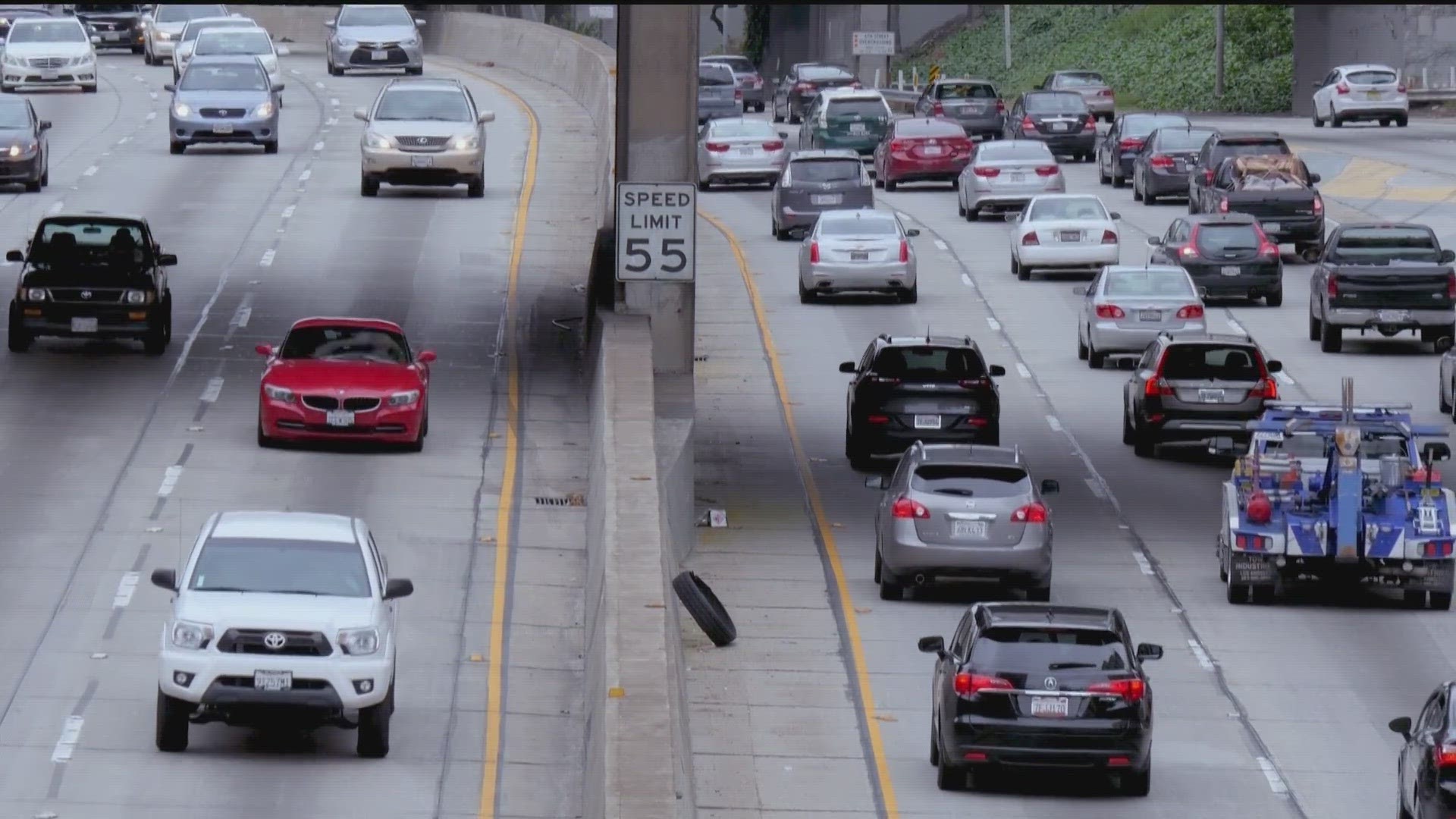ATLANTA — Living in Atlanta means becoming accustomed to the ebb and flow of traffic. Yet, there's a phenomenon that plagues the roadways, leaving commuters scratching their heads: phantom jams.
You know the feeling -- cruising along during rush hour only to hit the brakes suddenly, with no apparent cause in sight. But what exactly does cause these mysterious traffic snarls?
According to Raphael Stern, an assistant professor at the University of Minnesota's Department of Civil, Environmental, and Geo-Engineering, phantom jams are more than a frustrating inconvenience. They're the result of human behavior within high-density traffic situations.
Picture this: a line of vehicles packed closely together during peak hours. All it takes is one driver to hit the brakes a little too hard, causing a ripple effect down the line.
"We tend not to realize the person in front of us is going slower until we're a little too close," Stern said.
These traffic jams aren't caused by accidents or construction but rather by humans' tendency to overreact to slight changes in speed. Stern's research reveals that even a minor slowdown, from 62 to 58 mph, can trigger a cascade of braking that brings traffic to a halt several cars deep.
But here's where it gets interesting. Stern and his team conducted an experiment that shed light on a potential solution: introducing self-driving vehicles. Astonishingly, the mere presence of one autonomous car in the traffic flow was enough to mitigate these stop-and-go waves.
So, what can we learn from our robotic counterparts?
"Be a Zen driver," Stern said. "Resist the urge to speed up as the vehicle in front of you races away. And instead, just try to drive at a pretty constant speed."
As Atlantans, navigating our bustling streets is a part of daily life. So the next time you find yourself stuck in traffic for no apparent reason, remember: the solution may lie in a more relaxed approach behind the wheel.

